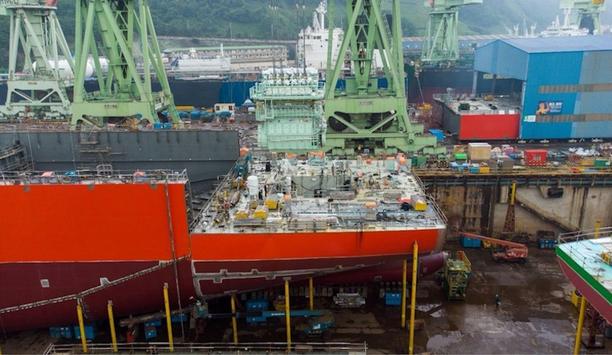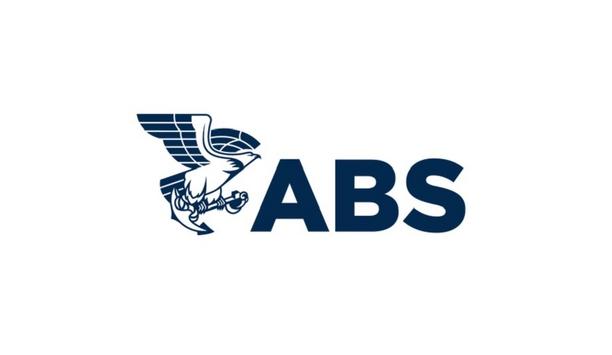Classification Society ClassNK, Japan Marine United (JMU), and NAPA have completed a joint feasibility study on 3D model-based plan approval using 3D CAD models as part of their technical investigation project.
Shipbuilding designs are gradually transitioning from 2D drawings to those designed with 3D CAD software. Classification societies, whose plan approvals are currently based mostly on 2D drawings, are also required to develop a scheme for 3D CAD models from their submission to their examination completion.
Future technical studies
This project was conducted to examine the technical development required in each process of plan approval by JMU, NAPA, and ClassNK to realise 3D model-based plan approval. In the feasibility study, ClassNK conducted a trial evaluation for hull structural design on a 3D CAD model of 300,000DWT ore carrier designed and created by JMU, using ‘NAPA Designer,’ a 3D CAD software application for ship design developed by NAPA, as a 3D model viewer.
The results of this survey will serve as a basis for future technical studies
Plan submission, storage, and notification of examination results were made using the Society's electronic plan examination system ‘NK-PASS.’ The investigation concluded that information required for class approval can be confirmed through a 3D CAD model and that ‘NK-PASS’ is also compatible with 3D CAD models. The results of this survey will serve as a basis for future technical studies, and the Society will continue to work with the industry to realize 3D model-based plan approval.
Improving digital solutions
Speaking on the occasion, Mr. Hayato Suga, Corporate Officer and Director of Plan Approval and Technical Solution Division said “This study has proven the future potential of 3D model-based approvals.”
“3D based design can be the key to improving digital solutions in the ship industry, including the ship design process, approval process, and later fleet maintenance. I hope that the entire industry will also quickly realize the many opportunities and increased efficiency that can be achieved as a result of this initiative. The vessels of the future will be able to accommodate much better and safer designs in shorter amounts of time.”











